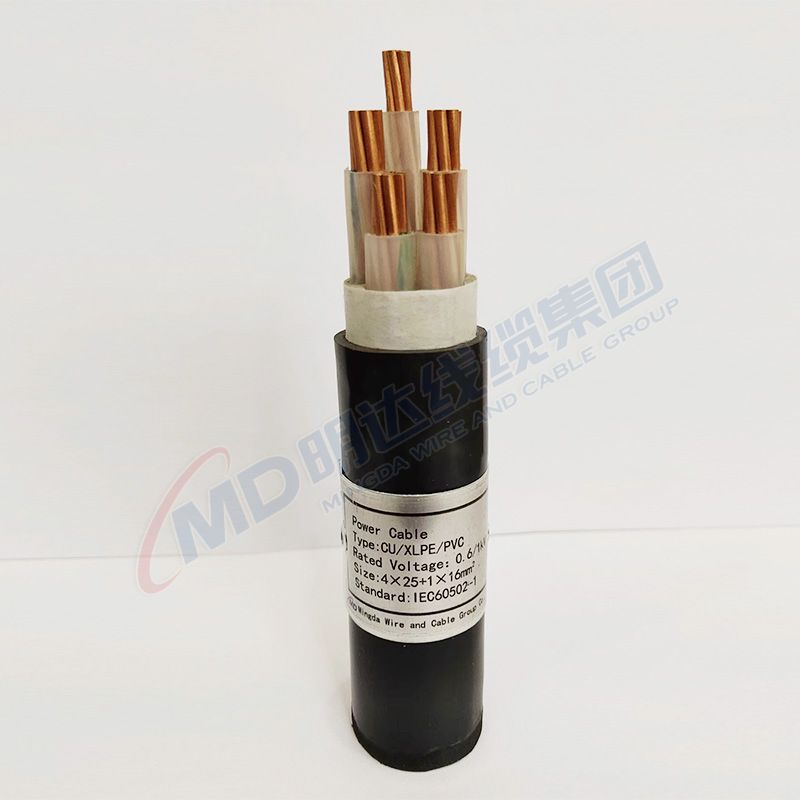נוב . 15, 2024 19:25 Back to list
non return swing check valve
Understanding Non-Return Swing Check Valves Functionality and Applications
Non-return swing check valves, often simply referred to as swing check valves, are essential components in fluid handling systems, particularly in piping applications. Their primary function is to prevent backflow, ensuring that fluids flow in one direction only. This characteristic is crucial in maintaining system integrity, protecting equipment, and avoiding contamination. In this article, we will delve into the operational principles, advantages, and common applications of non-return swing check valves.
Operational Principles
A non-return swing check valve operates using a simple yet effective mechanical mechanism. The valve consists of a disc or flap that swings open with the flow of the fluid and closes automatically when the flow stops or reverses. The design allows for minimal flow resistance when open, promoting efficient fluid movement. The valve is actuated by the pressure of the fluid in the forward direction, which pushes the disc away from its seat. Once the pressure drops or flow reverses, the disc falls back due to its weight and gravity, sealing the flow path to prevent backflow.
This simple yet ingenious design makes swing check valves particularly advantageous in applications where the fluid flow is relatively high and consistent. The absence of complicated moving parts reduces the wear and tear typically associated with other valve types, ensuring a longer service life with minimal maintenance requirements.
Advantages of Non-Return Swing Check Valves
The benefits of using non-return swing check valves are numerous
1. Effective Backflow Prevention The primary advantage is their ability to prevent backflow, thereby protecting upstream equipment from potential damage and contamination from reverse flow.
2. Low Pressure Drop Swing check valves have low pressure drop characteristics, facilitating efficient fluid flow when the valve is open. Unlike other types of check valves, they do not significantly impede the fluid's movement.
4. Durability Swing check valves are constructed from robust materials, such as stainless steel, brass, or PVC, ensuring they can withstand various operating conditions, including corrosive or abrasive environments.
non return swing check valve

5. Cost-Effective Due to their simple mechanics and durable build, swing check valves can be economically beneficial in the long run, with reduced maintenance and replacement costs.
Common Applications
Non-return swing check valves are widely used in several industries and applications
1. Water and Wastewater Treatment They play a vital role in preventing backflow in water treatment plants, ensuring that treated water remains uncontaminated.
2. Pumping Systems In pumping applications, swing check valves prevent the backflow of fluids when the pump stops, protecting the pump from damage.
3. Fire Protection Systems These valves are critical in fire suppression systems, ensuring that water flows only in the intended direction to prevent system failure.
4. Industrial Processes Many processes in manufacturing and chemical industries rely on swing check valves to maintain fluid flow directionality and prevent contamination.
5. HVAC Systems In heating, ventilation, and air conditioning systems, swing check valves ensure proper fluid flow and prevent reflux, maintaining system efficiency.
Conclusion
Non-return swing check valves are invaluable components in a wide array of fluid handling systems. Their unique design and operational principles provide effective backflow prevention while ensuring minimal flow resistance. The advantages, including durability, cost-effectiveness, and low maintenance, make them a preferred choice in many industrial applications. As industries continue to evolve and demand more reliable fluid control solutions, the role of non-return swing check valves will undoubtedly remain pivotal in maintaining system efficiency and integrity. Understanding their functionality and applications allows engineers and technicians to make informed decisions when designing and maintaining fluid management systems.
Share
-
Reliable Wafer Type Butterfly Valves for Every IndustryNewsJul.25,2025
-
Reliable Flow Control Begins with the Right Ball Check ValveNewsJul.25,2025
-
Precision Flow Control Starts with Quality ValvesNewsJul.25,2025
-
Industrial Flow Control ReliabilityNewsJul.25,2025
-
Engineered for Efficiency Gate Valves That Power Industrial PerformanceNewsJul.25,2025
-
Empowering Infrastructure Through Quality ManufacturingNewsJul.25,2025